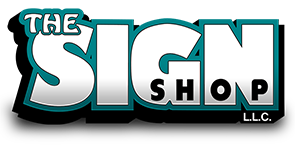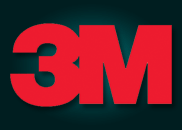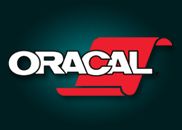Effective Direct Marketing
Lance landed a direct marketing campaign for Super Toaster Ovens in April. After researching their target audience and conducting a focus group, he designed a tri-fold brochure. Using a list he obtained from a marketing firm, he dropped a bulk rate mailing the second week in June. Later, Lance received a phone call from his client requesting information about the customer responses. He calculated the response cards and discovered that there was a low market return. Why?
Reaching customers is a tedious process, as Lance discovered, so understanding a direct approach to marketing a product or service is essential. Direct marketing is a distinct advertising medium in that, in many cases, it requires the customer to take direct action. Other advertising and public relations mediums serve to support direct marketing through brand building and market positioning.
In order for a marketing campaign to be a form a direct marketing, it must have three components. The first component is placing an offer in front of a potential customer. This does not mean the customer has to purchase a product or service, but the customer must be called to action. Again, this separates direct marketing from other advertising mediums that provide information, but don't necessarily require a call to action.
The second component of direct marketing is the customer's response efforts. For example, a customer must have a method to respond to the offer, whether it's a phone number, reply card, Web site or e-mail address. This component prompts the customer to request additional information or make a purchase.
The third component is monitoring the customer responses. Responses can be measured in phone calls, reply cards or Web site traffic. Customer response tracking is one approach to learning the return on the marketing investment. Another is actual product sales driven by the mailing. In order to be considered a direct marketing campaign, a potential offer must reach customers, they must have the means to respond and the responses must be measured.
So how are prospective customers reached? Mailing lists. Companies provide mailing lists for a small or large fee, depending on the scope and depth of the data. For example, those who subscribe to the magazine Better Homes and Gardens are on a mailing list. Better Homes and Gardens is a magazine, not a mailing list provider, but it does have the option to sell the subscription list to direct marketing firms.
Two examples of mailing lists are compiled and response lists. Compiled lists are accumulated from, but not limited to, phone books, permits, trade directories, credit records and advertising files. Response lists involve customers who responded to previous solicitation. Magazine subscribers, buyers of specific products or services, and financial contributors to charities or clubs are all examples of response lists.
Direct marketing is an active approach to prospecting customers and testing new methods. Perhaps Lance's research didn't lead to an effective marketing piece, or the list he used wasn't as targeted as he had hoped. There are many variables in direct marketing, but when they come together, it can be an effective approach to reaching new customers.






